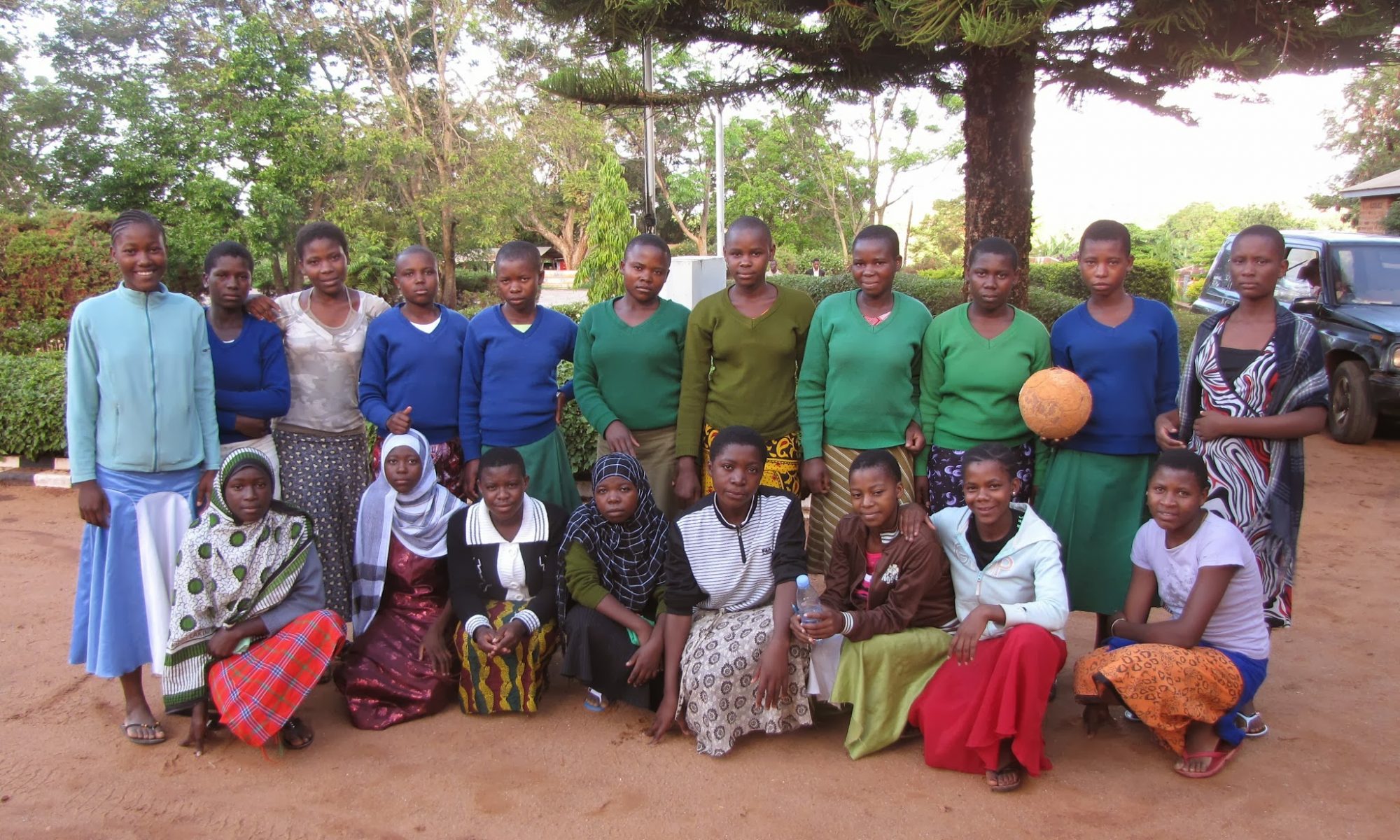Smartphone penetration in Africa has been rapidly increasing the last few years. Tanzania is no exception; smart phones are common in cities and especially among youth who are studying in, or have recently completed, higher education. According to
an article in the Tanzania Daily News the smartphone market in Africa has been growing 19% annually and the increase in availability of cheap smartphones is expected to continue this growth.
The map below shows our estimate of relative smartphone penetration by region. We generated the estimate from Google Analytics data on our resource website. This year we mirrored the Primary School Leaving Examination results soon after they were posted by the Tanzanian government. The results are structured in such a way that a user selects a region and then district before receiving a list of schools. We took the Google Analytics data for just the region webpages and filtered them to give us the unique pageviews by mobile devices. Then we divided the unique pageviews by mobile devices by the number of students who had registered for the examinations in each region (which was scraped from the results). Finally, we divided by the region with the highest ratio to normalize the data.
Some caveats to the map:
- There were a relatively low number of visits to the site for some regions (three were visited less than 200 times). In total there were just over 10,000 unique pageviews for regions compared to 792,122 pupils who sat for the exam. It would be much more instructive if the government did a similar analysis on their website which undoubtedly receives significantly more traffic.
- The data is probably skewed by private schools. Even at the primary level some wealthy parents (who are more likely to own smartphones) send their students to private boarding schools. Private schools aren’t evenly distributed across the country, so regions with a higher concentration of elite schools (e.g. Dar, Kilimanjaro, Arusha) may be getting hits from parents who live elsewhere.
- Within regions there is a high degree of variability. For instance in the Kilimanjaro region our estimate of smartphone penetration is 2.2 to 5 times higher in Moshi (the regional capital) than other districts. A similar map using districts would highlight the locations of larger cities while most of the country would have even smaller penetration ratios.


One Reply to “Relative Smartphone Penetration in Tanzania”
Comments are closed.